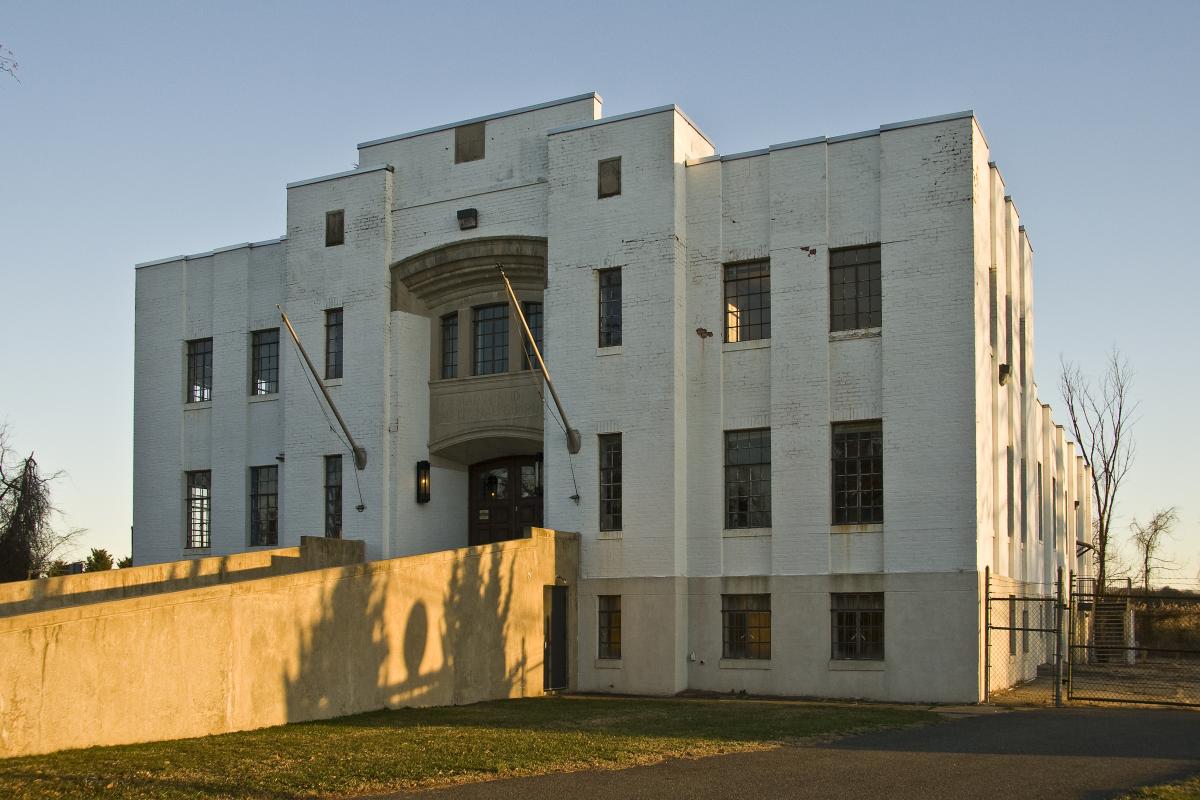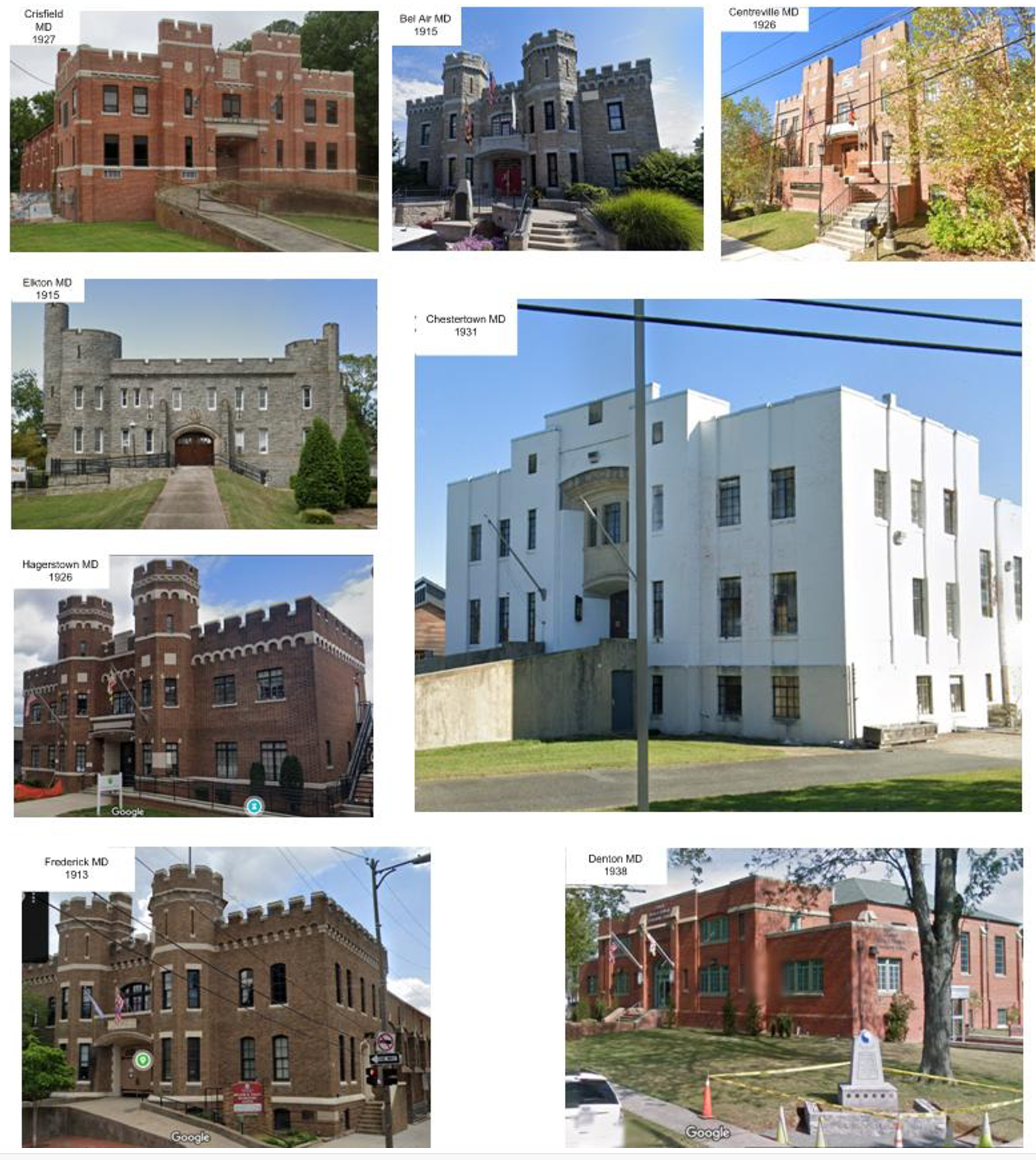After reading local opinions on this topic relating to the Chestertown Armory, it became apparent that serious misconceptions are shaping the narrative and opinions. As a trained and experienced resilient architect in both flood and wind events, it also became apparent for the need to espouse the truth of the matter based on facts.
Let’s begin with the Department of the Interior, specifically the National Park Service, Technical Preservation Services. In 2019, the hallmark industry standard, The Secretary of the Interior’s Standards for Rehabilitation was supplemented by adoption of the Guidelines On Flood Adaptation For Rehabilitating Historic Buildings. This action opened the door for needed legislation and design standards to protect our valuable historic resources from the ravages of flooding.
This new publication was prepared pursuant to the National Historic Preservation Act, which directs the Secretary of the Interior to develop and make available information concerning historic properties. It acknowledged the importance of revising design standards to address the threats of climate change to historic structures. Notable historic buildings and sites throughout the country are located in flood-prone areas, and a thoughtful methodology for balancing their historic value against potential damage or loss was required. It constitutes an important acknowledgment that historic buildings can be located in flood zones. They are not doomed to the wrecking ball by virtue of their location in harm’s way. Anyone who suggests otherwise is ill-informed.
The Guidelines contain numerous strategies for protection and allow the use of non-historic materials and protective assemblies where needed to facilitate the required degree of protection. To this end, an entire floodproofing industry has flourished, offering clever and effective products which can be either permanently incorporated or temporarily deployed in advance of perilous weather events. It is not the intent of this paper to review all flood mitigation methodologies and devices for historic buildings, but to raise awareness that they exist and are approved for use under the National Historic Preservation Act.
Evaluation for flood protection begins with reference to the FEMA Flood Zone Maps.
The following basic terms first need to be understood.
Base Flood Elevation (BFE) is the calculated level that flood waters will rise to during a Base Flood event as determined by FEMA.
Freeboard is elevating a building’s lowest floor or dry floodproofing above and beyond BFE. This is a built-in safety factor as well as a requirement in many communities.
Design Flood Elevation (DFE) is the elevation of the highest flood (generally the BFE including freeboard). Also referred to as Flood Protection Elevation.
Special Flood Hazard Areas (SFHA)
– A Zones have low impact from waves.
-Coastal A Zones are expected to receive 1.5 feet of breaking waves.
– V Zones have high impact from waves.
Both A and V Zones subject to experiencing a 1% annual chance flood event. This translates to a 26% chance of flooding over a 30-year timeframe.
Some communities regulate X Zones to A Zone standards.
The Armory is located in a FEMA AE Flood Zone along with the entire town waterfront. Specifically, the building is in a FEMA Flood Zone AE 6. The DFE is 6’ plus 1’ of freeboard or 7′ total. Referencing the College’s building survey, the lowest floor level is elevation 3.73′. Therefore, subtracting 3.73′ from 7′ you get 3.27′ – the height of flood water anticipated at the building perimeter. Knowing this, an approved type of flood protection can be selected. For non-elevated structures, the strategies for protection can be established along with selection of flood mitigation devices to keep water from entering building openings. Using the DFE, the suitability of exterior walls to resist anticipated water pressure can be determined.
It is important to stress that being located within the AE Zone is not a requirement or justification for demolition. FEMA entered the game by issuing Technical Bulletin 3 or TB-3 that specifically allows Historic Buildings to remain if protected by DRY FLOODPROOFING. Per FEMA, “dry floodproofing” means a combination of measures that make a building and attendant utilities and equipment watertight and substantially impermeable to floodwater, with structural components having the capacity to resist flood loads. As previously noted, the adopted Flood Guidelines established approved mitigation options and techniques including dry flood proofing. Now enter the National Flood Insurance Program or NFIP. In tandem with FEMA and the Historic Guidelines, the NFIP created a program that offered subsidized insurance as an incentive to keep and protect historic buildings in flood zones. The end result was a well thought out and integrated program targeted to address the needs of promoting preservation within flood areas. The Chestertown Armory is a perfect project for application of the program.
In the case of the Armory, specific strategies from the Flood Guidelines can be employed to assuredly protect the structure from a flood event. However, no attempts have been made to do so and inaction to operate the buildings sump pumps serves to exacerbate the impacts from flooding when it occurs. It is recommended that a flood protection plan be formulated and implemented prior to the upcoming hurricane season. As the Chestertown Armory is listed on the National Register of Historic Places, it is eligible for grants that could fund a flood protection program.
Strategy 1 – Opening Protectives: As the name suggests these are protective assemblies inserted into the existing door and window locations within the design flood elevation (DFE). The assemblies can be either permanent or temporary. The growing industry preference is the use of fail-safe permanent devices which are not reliant upon human involvement. If conditions or budget dictate the use of temporary devices, then the speed of deployment with simplicity of installation are important considerations in the selection process.
Doors and Frames: The Armory’s lower-level doors are within the DFE. They are hollow metal units, rusted and leaky. They are unsuitable for use in a flood zone. No attempts have been made to address the problems, thus allowing water intrusion. The ideal solution is replacement with stainless steel flood doors and frames engineered to hold back flood water using clamps to tighten gaskets thus sealing out water. A temporary option is the use of infill expandable barriers with gaskets that are pumped to achieve a tight seal with the door frame. Another option is stackable flood logs placed in channels with gaskets set tight by flood water pressure. All of these flood protective measures are standard devices readily available and can be affordable.
Windows: The existing windows are original steel frame sash with single pane glass. All lower level windows fall within the DFE by about 12″, thus requiring replacement. The windows can be replaced with engineered floodproof assemblies to achieve complete protection from both water and impact by floating debris. These proven flood windows are tested to hold back water up to 10′ high. Constructed of metal with laminated glass to resist breaking and leaking, they can also be designed to complement the historic style and window configurations, a breakthrough solution for historic buildings to remain in flood zones.
Strategy 2 – Perimeter Protection: The entire building perimeter can be protected from rising water with a line of engineered flood barriers designed to hold back and divert flood water. A perimeter system can be deployed when needed and capable of completely encircling the building to create a ‘dry island’ in which the building sits. These barriers are portable allowing for rapid deployment to protect against rising floodwaters. They can be connected for extended runs and some models are stackable for higher protection. Used in tandem with floodproof doors and windows, a dual system of protection can be achieved for ultimate flood protection.
In conclusion, historic buildings that are located within flood zones are afforded a pathway with attractive incentives to remain as valuable historic resources. An entire industry has emerged in lockstep with enabling legislation to afford protection of irreplaceable historic resources throughout the country. The list of saved structures is significant and growing. The Chestertown Armory is ideally suited to take full advantage of these developments. Any attempt to use its location within a flood zone to justify demolition cannot be sustained based on the foregoing. The absence of any form of flood protection at the building is irresponsible at least.
Thomas Kocubinski, AIA




